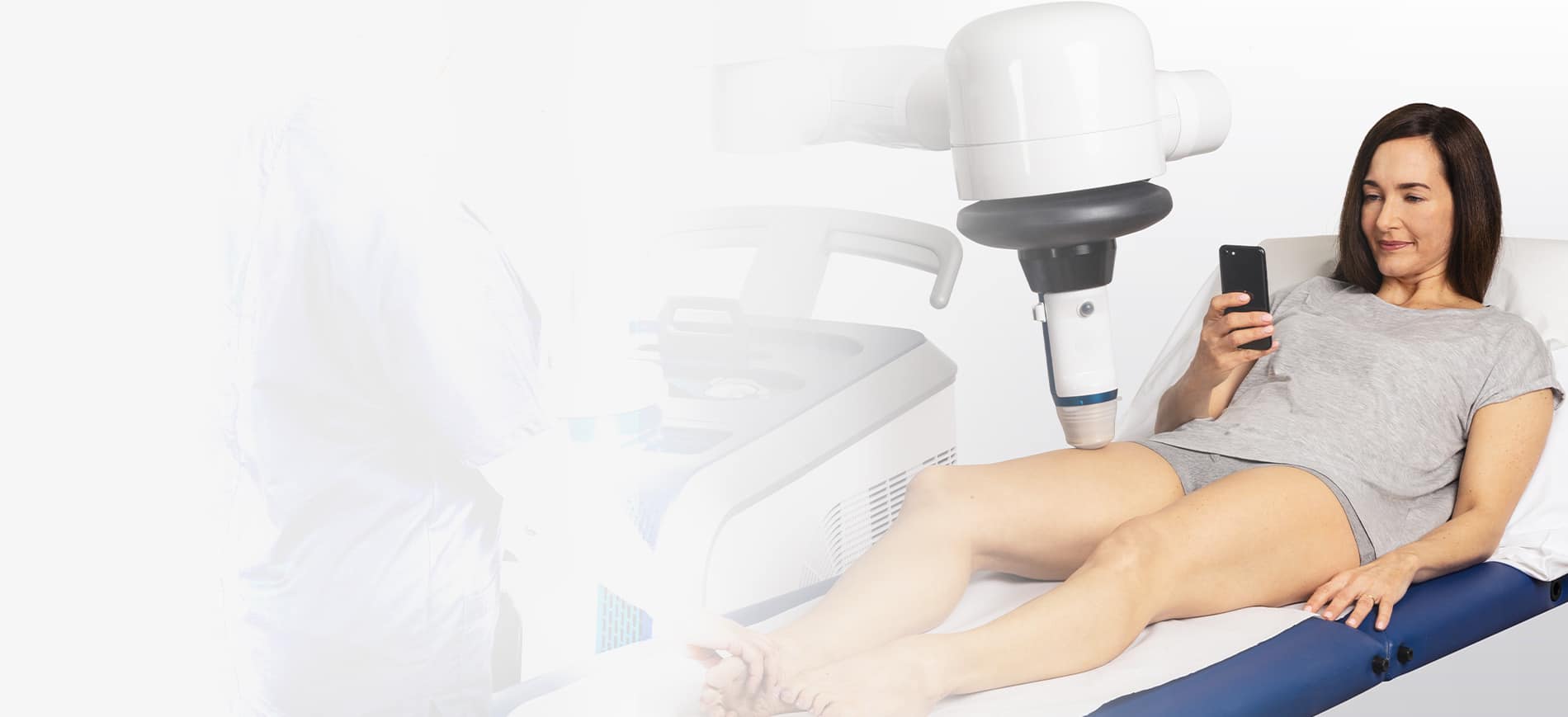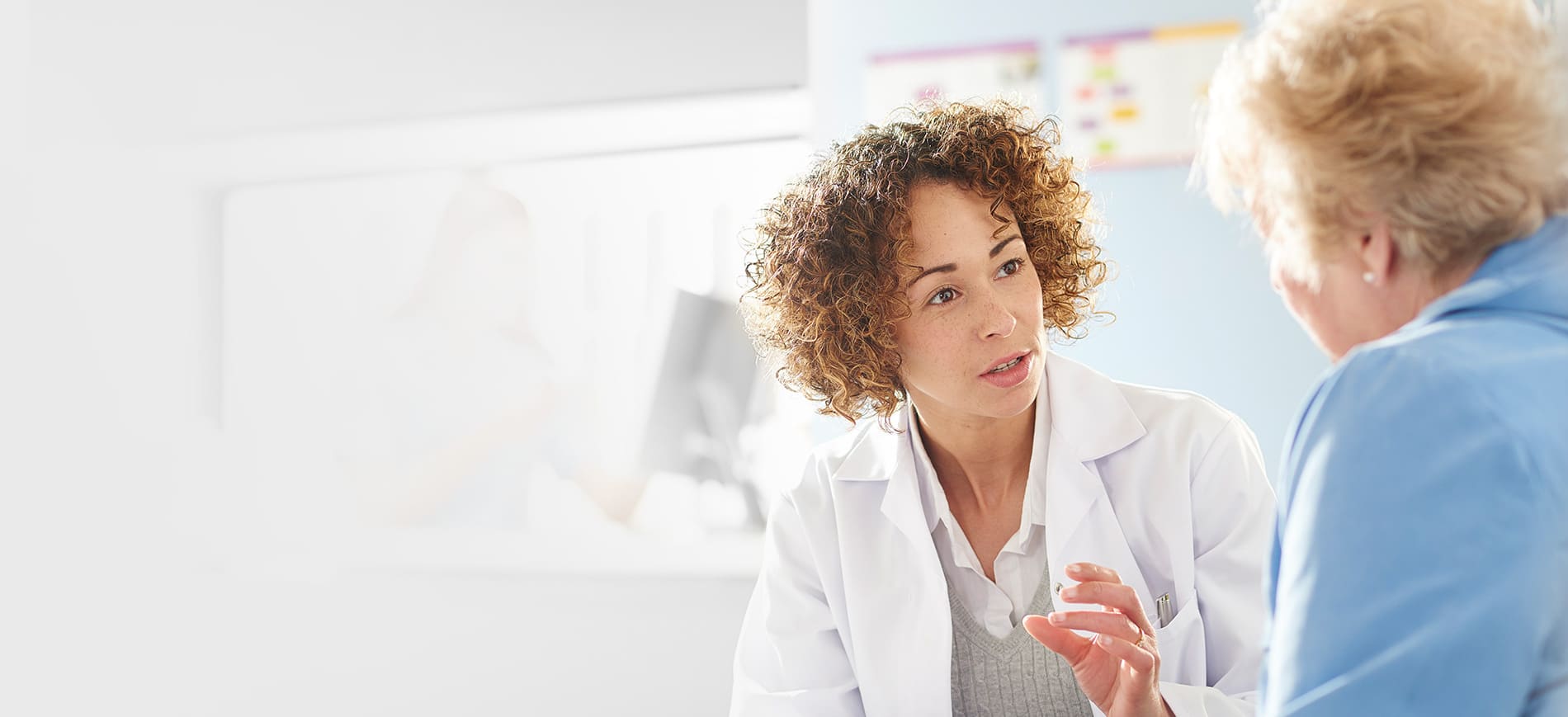Would you like to better understand the link between overweight and varicose veins? We explain here their relationship and give you our advice to relieve the symptoms!
Overweight is recognized by the WHO as a major health scourge in all countries of the world. The latter estimates that 800 adults in the world would be affected by obesity. In addition, chronic venous disease affects one woman in two and one man in three in France. There is no doubt that there are “conflicts” between these two pathologies, and the aging of populations will only increase these problems…
How is excess weight an aggravating factor in venous insufficiency?
In France, 18 million people suffer from venous insufficiency, and one woman in two and one man in three have varicose veins.
As a reminder, varicose veins are sinuous dilatations of the superficial veins of the lower limbs: the saphenous vein and its branches. Under the effect of gravity and the dilation of the veins in diameter, the blood which normally circulates from the bottom to the top, tends to stagnate or even flow back into these veins, because the valves no longer function properly. Varicose veins are considered to be the most frequent manifestation of chronic venous insufficiency.
If there are many factors that can explain the bad venous return, it is important to know that overweight or obesity are strongly involved.
Indeed, excess weight is an aggravating factor of venous insufficiency and a gas pedal of related disorders. The reason: fatty tissues will increase the pressure in the legs, compress the veins and slow down venous return.
Note that the more overweight you are, the more important the symptoms are. An adult with a BMI of more than 27 has a 29% risk of developing varicose veins, and if it is a woman, this risk increases to 39%.
What are the disorders associated with venous insufficiency?
Venous insufficiency is most often manifested by these four venous disorders:
- Heavy legs: Blood no longer circulates properly, stagnates and accumulates in the veins. This creates an unpleasant sensation of heaviness, hence the name heavy legs.
- Varicose veins: These are purple and swollen veins that often appear on the legs when the blood does not circulate there anymore.
- Edema: This venous disorder results in an accumulation of fluid in the lower limbs (legs and/or ankles). The affected area swells, causing significant discomfort.
- Hemorrhoids: Hemorrhoids are actually varicose veins in the anal and rectal mucosa, which can exist without visible varicose veins in the legs. In addition to the pain they cause, they can bleed and lead to iron deficiency anemia.
The complexity of varicose veins related to obesity
If it is important to pay attention to varicose veins when you are overweight, it is because this situation is even more complex than a classic venous insufficiency.
- For example, the difficulty of diagnosing and recognizing varicose veins at an early stage. While twisted and swollen veins are easily visible in patients with a regular weight, obese patients often do not show visible signs of varicose veins. This can lead patients to seek medical attention much later than average-weight patients, putting obese patients at increased risk for additional complications and leg ulceration.
- In addition, being overweight also makes it difficult to accurately assess and treat varicose veins. Diagnosis is usually made by a duplex ultrasound, which allows the physician to see the veins under the skin non-invasively. In obese patients, because the veins are usually deeper in the tissue, visibility may be reduced and diagnosis becomes less accurate, which can also complicate effective treatment.
What can be done to alleviate symptoms in overweight patients?
Problems related to venous insufficiency are very unpleasant and that’s why we give you our tips to get rid of them or at least alleviate them.
First of all, adopt a healthy lifestyle on a daily basis:
- Limit your caloric intake and follow a diet low in sugars and high in fiber. Choose foods rich in antioxidants and essential fatty acids, especially omega-3, to protect the vein wall.
- Exercise. If weight loss is accompanied by a decrease in pressure on the veins, regular exercise helps to tone the calf muscles and support the vein wall more effectively. In addition, exercise increases energy expenditure to optimize the effectiveness of the diet on weight loss. For venous tonus we recommend swimming, walking and cycling! On the other hand, there are sports to be taken in moderation, such as tennis and squash, which exert pressure by jerks, or rollerblading and downhill skiing, which can compress the calf.
- You can also prevent its complications by taking herbal food supplements. Or your doctor may prescribe compression stockings (If you are interested in this solution, please refer to our article).
There are also everyday gestures to put an end to heavy legs:
- Stay as cool as possible. Heat is the enemy of heavy legs because it contributes to dilate the veins. Avoid sunbathing, saunas and hot baths.
- Put cold water on them regularly: the jet of water must be in a precise direction, from the bottom to the top, i.e. from the ankles to the thigh.
- Elevate your legs after a long day of sitting or standing.
- Massage and lymphatic drainage can also help relieve leg pain.
- Avoid tight clothing. If your waist or calves are compressed it can affect the venous system.
Want to learn more about varicose veins? Discover our article on the symptoms: https://echotherapie.com/varicose-veins/#varicose-veins-symptoms






